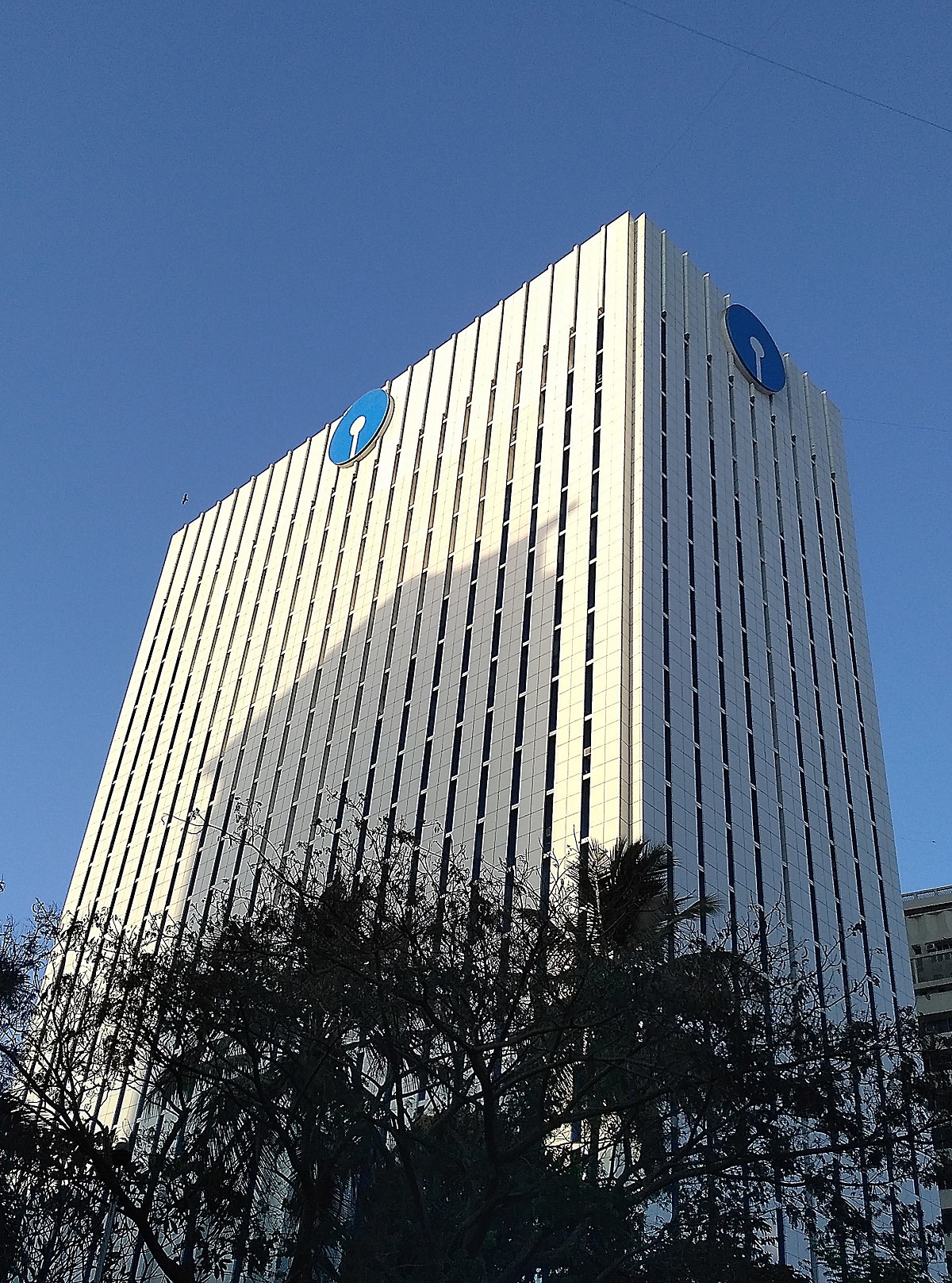KOLKATA: On Thursday, one of the largest financial institutions in India, State Bank of India (SBI) announced an increment in the risk premiums on its floating-rate home loans. This has lifted up the effective rates on these loans even as it reduced its marginal cost of funds-based lending rate (MCLR) on Thursday by 15 basis points across all tenors. This is the 12th consecutive reduction in the bank’s MCLR, the lender added. Moreover, this comes just a month after it had reduced home loan rates by 75 basis points (100 basis points = 1%).
SBI uses the RBI’s repo rate as its external benchmark for all floating rate loans in the MSME, housing and retail segments from October 1, 2019, after the RBI mandated all banks to link a certain category of loans to an external benchmark-based interest rate.
Therefore, for SBI’s ‘Maxgain’ home loans, up to ₹30 lakh, the effective rate, which is EBR (external benchmark rate) added with spread, now stands at 7.40% as against 7.20% on April 1, 2020. Additionally, the bank announced an increase in the spread, or risk premia, of 15-50 basis points across various loans. These new rates came into effect from May 1, as per information available on its website. However, the tweaks in the risk premia will not affect lenders of home loans based on MCLR.
The bank had last revised its EBR and Repo Linked Lending Rate (RLLR) on April 1, 2020, immediately after the RBI announced reduction in repo rate by 75 basis points. But, now, EBR itself remains unchanged at 7.05%.
Furthermore, a customer, availing an SBI home loan of above ₹30 Lakh and up to ₹75 lakh, will have to pay an effective interest rate of 7.65% from earlier rate of 7.45%. For home loans above ₹75 lakh, the new rate stands at 7.75% as against 7.55% earlier.
In the wake of the pandemic and subsequent nationwide lockdown, there has been disruption in economic activities as well as in income for many individuals and companies. Some sources are saying that spread is the credit risk premium and an increase in spread reflects stress due to COVID-19 impact in the market. “The financial market indicates that there is some increase in risk perception for borrowers and the real estate firms which is getting reflected in the credit risk premium charged by the bank”, a banker close to these developments, said. But, SBI itself did not give any reason behind the rise in the risk premium.
After the latest revision, the SBI’s marginal cost of funds based lending rate (MCLR) has come down to 7.25% from 7.40% with effect from May 10. Consequently, EMIs on eligible home loan accounts (linked to MCLR) will get cheaper by approx ₹255.00 for a 30 year loan of ₹25 lakh, it said.
Moreover, the bank also announced the increment in the spread of its Personal Loan Against Property by 30 basis points. The effective rate for P-LAP up to ₹1 Crore has been raised to 9.20% as opposed to the 8.90% from April 1, 2020. For loans above ₹1 Crore and up to ₹2 Crore, the effective rate stands at 9.70% as against 9.40% earlier. However, even after all these raises, SBI’s interest rates remain one of the cheapest in the Indian banking sector.
These trends are already being seen in the Indian bond markets which were raking in huge amounts, not so long ago. Yesterday, Tata Motors announced that it is withdrawing a non-convertible debenture issue due to higher cost expectations from the market participants.

